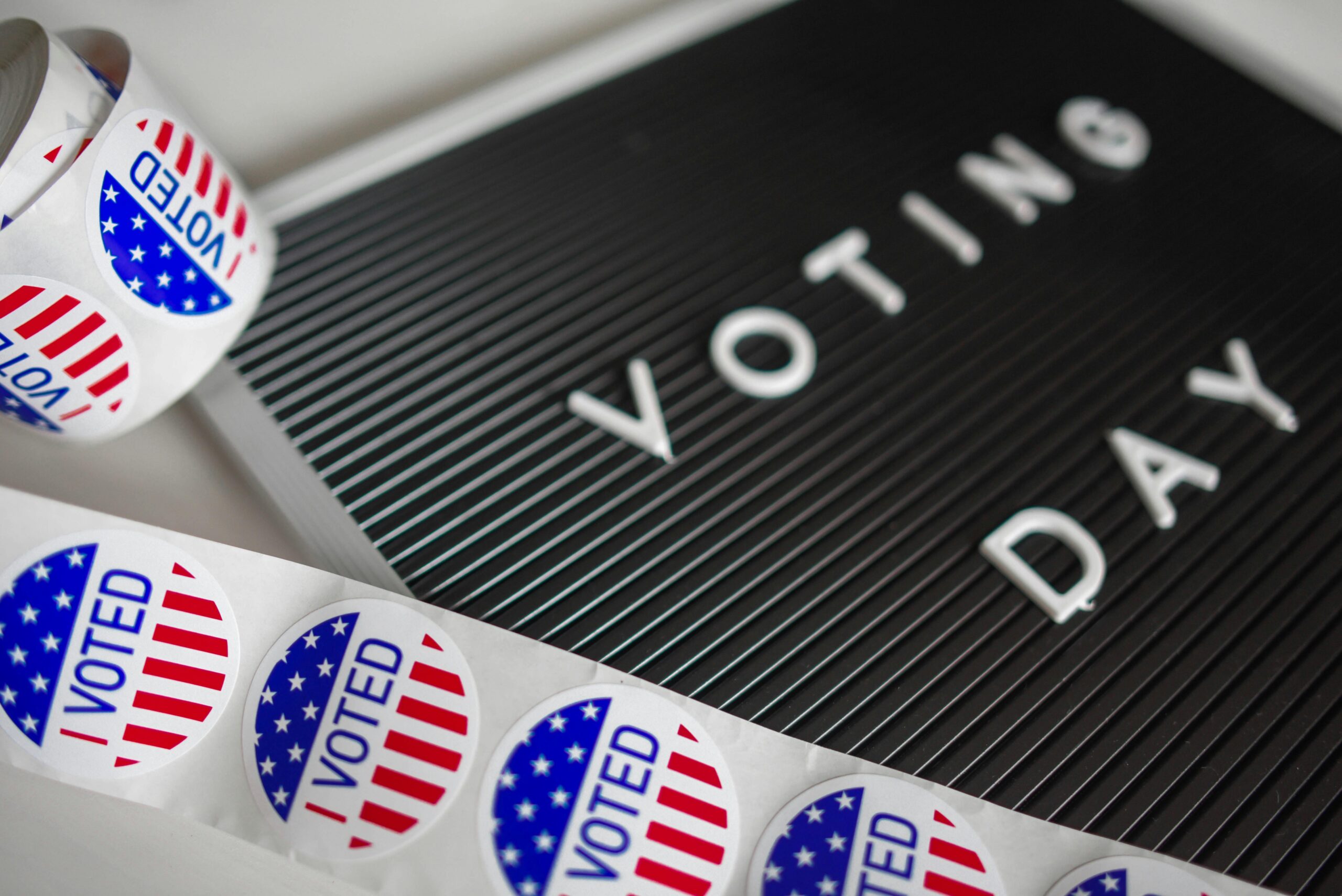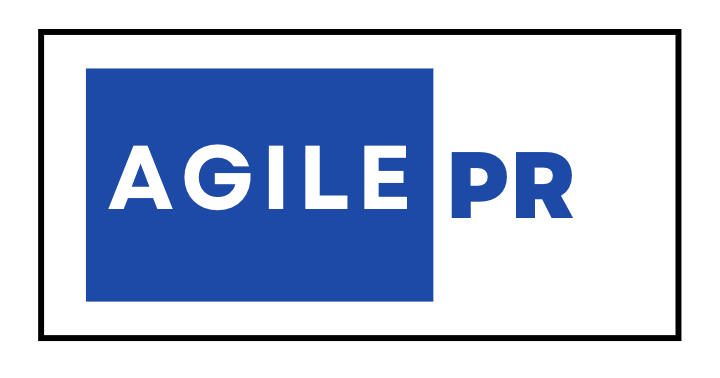Political campaigns are multimillion-dollar operations, with advertising taking a significant share of the budget. In every election cycle, candidates and political parties spend hundreds of millions—sometimes even billions—on advertising across TV, digital platforms, radio, and print media.
But why is so much money poured into political ads? The answer lies in the power of persuasion, voter reach, and controlling the narrative.
1. Influencing Public Opinion
The primary reason politicians invest heavily in advertising is to shape public perception. Ads help candidates frame their image, highlight their policies, and differentiate themselves from opponents. In an era of information overload, well-crafted advertisements ensure that a candidate’s message reaches voters effectively and persuasively.
2. Expanding Voter Awareness and Engagement
Many voters are not deeply engaged in politics, making targeted advertising crucial. Political ads introduce candidates to the electorate, educate them on policy positions, and drive voter turnout. Through extensive ad campaigns, candidates can communicate their vision, address key issues, and motivate undecided voters to support them.
3. Counteracting Opponent Messaging
Elections are competitive, and advertising serves as a tool to respond to opponent claims, criticisms, or attacks. Negative ads, while controversial, are often used to discredit opponents and sway public sentiment. By controlling the narrative through advertising, politicians attempt to reinforce their credibility while undermining their competition.
4. Targeted Messaging Through Data-Driven Ads
With advancements in digital marketing, political campaigns now leverage data analytics to micro-target voters. Platforms like Google, Facebook, and YouTube allow campaigns to segment their audience by demographics, location, and interests, ensuring that the right message reaches the right people. This level of precision makes digital advertising a cost-effective yet powerful tool in modern elections.
5. Mobilizing Supporters and Fundraising
Advertising is not just about persuasion—it’s also about mobilization. Political campaigns use ads to encourage supporters to attend rallies, volunteer, or donate money. By continuously engaging their base, candidates build momentum that translates into voter turnout on election day.
Maximizing Exposure in a Short Timeframe
Election campaigns operate within strict time limits, making visibility essential. Unlike traditional brand marketing, where businesses can build recognition over years, political campaigns have a short window to capture voter attention. This urgency explains the massive spending on high-frequency ads, ensuring maximum exposure before election day.
The 2024 Trump Election and Advertising Spending
A prime example of massive political ad spending is the 2024 U.S. presidential election. Former President Donald Trump’s campaign, along with supporting PACs, has spent hundreds of millions on advertising to bolster his candidacy.
Reports indicate that by mid-2024, Trump’s campaign had allocated over $250 million to digital, television, and social media ads, targeting key battleground states and undecided voters. This aggressive spending underscores the critical role of advertising in modern political campaigns and its impact on voter behavior.
Allocation of Campaign Expenditures
The surge in election costs can be attributed to several factors:
-
Advertising: A substantial portion of campaign budgets is dedicated to advertising across television, radio, digital platforms, and print media.
-
Digital Outreach: With the rise of social media and online platforms, campaigns invest heavily in digital advertising to target specific voter demographics.
-
Ground Operations: Funds are allocated for organizing rallies, canvassing, and other in-person voter engagement activities.
-
Fundraising Efforts: Campaigns spend considerable sums on fundraising events and initiatives to sustain their financial needs.
Conclusion
Politicians spend millions on advertising because elections are won and lost on voter perception, engagement, and turnout. In an era where media dominates public discourse, advertising remains the most effective way for candidates to communicate their message, counter opponents, and secure electoral success.
As campaign strategies continue to evolve with digital advancements, political advertising will remain a critical component of modern elections.




